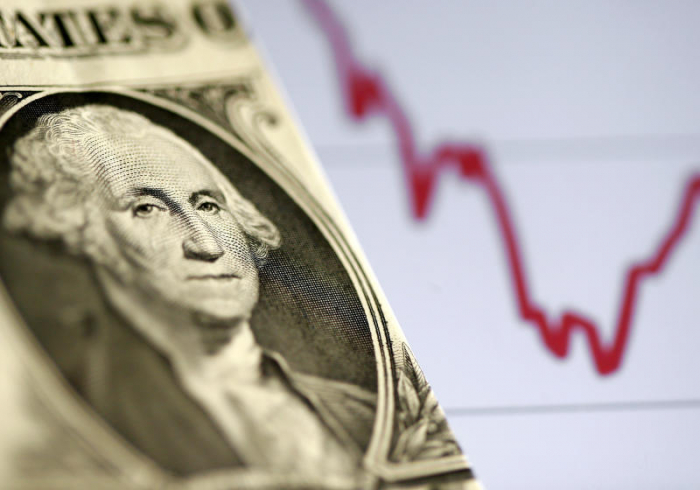In the case of a second wave of contagion later in the year, world economic output could shrink by as much as 7.6 percent in 2020, it said.
This would be followed in 2021 by GDP growth of between 2.8 and 5.2 percent.
"By the end of 2021, the loss of income exceeds that of any previous recession over the last 100 years outside wartime, with dire and long-lasting consequences for people, firms and governments," the Organisation for Economic Co-operation and Development said in its latest outlook, entitled "World Economy on a Tightrope".
"Private debt levels are uncomfortably high in some countries and business failure and bankruptcy risks loom large."
In a previous report in March, by when the outbreak had hit China but not yet the world's other large economies, the OECD slashed its global growth forecast by half a percentage point to 2.4 percent, which would have been the worst performance since the 2008 financial crisis.
As long as there is no vaccine or treatment against the coronavirus, which has killed more than 400,000 people worldwide to date, policymakers will continue walking a tightrope, the report said.
Physical distancing to prevent contagion, testing people for the virus, and tracing and isolating those infected, will be the main instruments to fight the pandemic.
"But those sectors affected by border closures and those requiring close personal contact, such as tourism, travel, entertainment, restaurants and accommodation will not resume as before," it said.
These steps may not even be enough to prevent a second outbreak, it warned.
"Governments will need to adapt support and accompany the transition, allowing fast restructuring processes for firms.
"Global cooperation to tackle the virus with a treatment and vaccine and a broader resumption of multilateral dialogue will be key for reducing doubt and unlocking economic momentum," it said.
















































